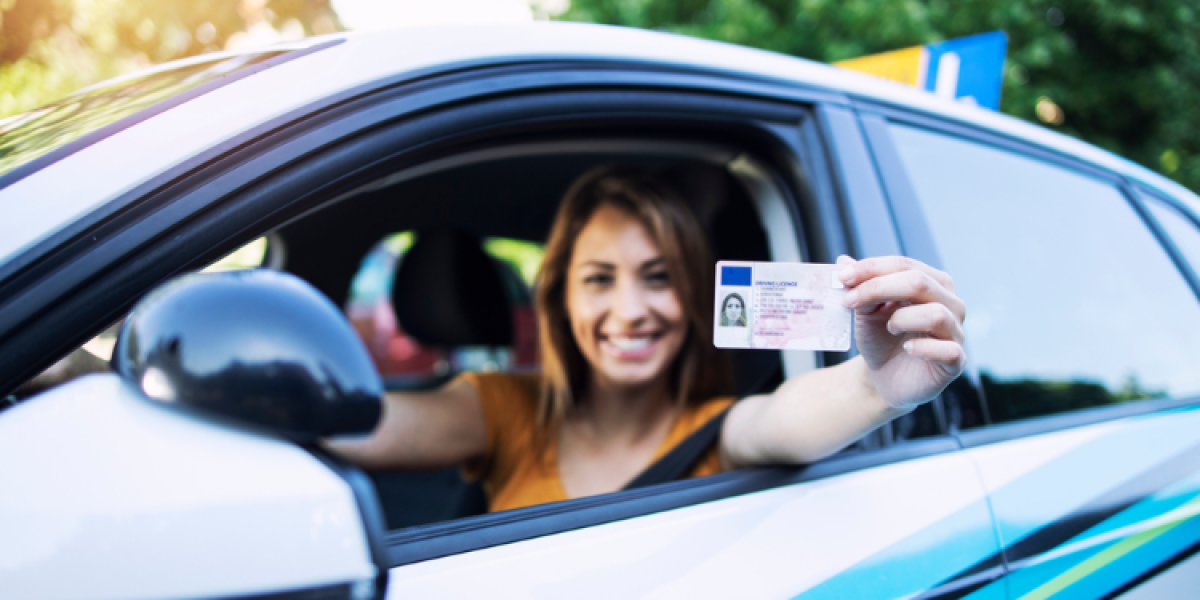
Getting around is a significant issue to consider when relocating abroad. A reliable public transit system is important, but you might also want to be able to drive in your new country. Will you have to retake a driving test there? Can you convert your license into a local one in your new country? It will depend on the bilateral and international agreements that your home country has with other countries.
A license issued in an EU country can be used in any other member state
Residents and citizens of countries of the European Union who hold a driving license (not issued in a non-EU country) can drive in all 27 member states of the union. They can also drive in Switzerland, Iceland, Liechtenstein and Norway – member countries of the EEA (European Economic Area).
In their new EU country, they can opt to swap their old driver's license for a new one issued by that country, or they can choose to keep driving using their old license. However, they cannot keep the old one and get a new one – the European Union website clarifies that a person can have only one EU driver's license at a time. For instance, an Irish citizen who moves to Estonia can either keep driving using their Irish license or exchange it, without having to retake the driver's test, for an Estonian one.
However, a 2-year limit can exist for using your home country's license. European expats in Italy, Spain and Portugal imperatively need to exchange their licenses for a local one after 2 years. Thankfully, it is a relatively simple administrative procedure. During that process, the authorities will contact the equivalent authorities back in the expat's home country to verify that their original license wasn't restricted or suspended.
Something else to bear in mind is that even if the license of other EU states can be used, the traffic regulations in the new EU country might still be different. It's still important to read a highway code book and practice getting used to these new regulations. For example, the prohibition against passing another car is indicated by a single solid line on French roads but by a double white line in Germany.
How about driver's licenses issued in non-EU countries?
The recognition of your old license will depend on the existence of a bilateral agreement with your home country. For example, Spain has exchange agreements with most of its former colonies: Peru, Uruguay, Chile, Argentina, Colombia, the Dominican Republic, etc. Surprisingly, one doesn't exist with Mexico. This agreement also exists with some non-Spanish-speaking countries like Japan, South Korea and Brazil. A post-Brexit agreement with the UK is still being negotiated at the moment.
This means that Colombian expats in Spain can exchange their driving license for a Spanish one, while Mexican expats will have to retake a driving test. The total cost for getting this license varies between €500-1,000 depending on the Spanish region: this cost includes the registration fee, the practical test, the theory test, and driving lessons. Bear in mind that a Colombian who obtained a Spanish license will still need to have it rechecked if they relocate to another EU country that doesn't have an agreement with Colombia. This new country might accept or reject the converted Spanish license.
Most countries accept the International Driving Permit, but not necessarily for resident expats
The IDP, or International Driving Permit, is a global system that allows travelers to drive in countries which have signed the 1926 Paris International Convention relative to Motor Traffic, the 1949 Geneva Convention on Road Traffic, or the 1968 Vienna Convention on Road Traffic. Most countries around the world have signed one of them. A notable exception is China. Tourists can drive for up to 3 months with a Provisional Driving Permit, but after 3 months, expats need a proper Chinese license.
Unfortunately, the use of the IDP is also limited by 1-3 years, even in countries where it's accepted. For instance, in the United States, foreigners can drive using their home country's license for 3 months and then use an IDP for 1 year, after which it expires. It can be renewed in certain circumstances. Of course, to get an IDP, a person must already have a driver's license back in their home country. They must have also been issued the IDP back home – as nonresidents, they cannot apply for it in the US itself.
Another major restriction is that in many countries, once you take up local employment and become a resident, you must get a local license instead of depending on an IDP (even if it hasn't expired yet). This means that while digital nomads (who are working remotely) and international students might be able to use an IDP, an expat employed by a local company for multiple years might not be able to.
The UAE has recently recognized driving licenses from 43 countries
Excellent news for expats in the United Arab Emirates: in April, the Ministry of the Interior announced that passport-holders from 43 countries can use their country's license to drive in the UAE, as long as they have a valid residence permit.
The countries in question are Albania, Portugal, Hungary, Greece, Bulgaria, Ukraine, Estonia, Slovak, Slovenia, Serbia, Cyprus, Latvia, China, Luxembourg, Lithuania, the US, Iceland, Montenegro, France, Japan, Belgium, Switzerland, Germany, Malta, Italy, Sweden, Ireland, Spain, Norway, New Zealand, Romania, Singapore, Hong Kong, Netherlands, Denmark, Austria, Finland, the UK, Turkey, Canada, Poland, South Africa and Australia.
Unfortunately, expats hailing from other countries will still have to pass the country's RTA driving test. This test costs 80 dirhams, or about $300, and is valid for 5 years for adults above 21 (it's valid for 1 year for those aged 18-21). This license also allows them to drive for short periods as tourists in over twenty countries, including the UK and the Netherlands.
Other states have similar exchange agreements with a limited list of countries
There are other agreements around the world that are similar to the intra-EU agreement or the agreement that the UAE has with 43 countries. It's also similar to the agreement that Spain has with most of the rest of the Spanish-speaking world.
If such a bilateral agreement exists between your home country and your expat country, you should easily be able to convert your license at the transport department or police headquarters of that country. This is different from having an International Driving Permit, which isn't a full license and has time/residency restrictions – here, you're getting a full license in exchange.
For example, expats in Malaysia who are from these countries enjoy this option: Australia, Belgium, Brunei, China, Denmark, Egypt, Fiji, Finland, France, Germany, Hong Kong, Iran, Iraq, Italy, Japan, South Korea, Laos, Libya, Mauritius, Netherlands, New Zealand, Nigeria, Papua New Guinea, Philippines, Poland, Russia, Singapore, Spain, Switzerland, Thailand and Turkey. They only have to submit their original license, a copy of it, a translation into English or Malay if necessary, a passport photo and a small fee of 40 ringgits (about $10) to the Road Transport Department to get a Malaysian driver's license in exchange.
To give another example, in Australia, expats from the following places might be able to convert their licenses into an Australian one: Bulgaria, the Czech Republic, Estonia, Hong Kong, Hungary, Latvia, Lithuania, Poland, Cyprus, South Korea, Serbia, Romania, Slovakia, Slovenia, South Africa and Taiwan. Their age and years of driving experience will also be considered for them to get Experienced Driver Recognition. Those under 25 are unlikely to get it and most likely have to retake the driving test in Australia. The cost of getting that license is about AUD 175, or around USD 120.



















